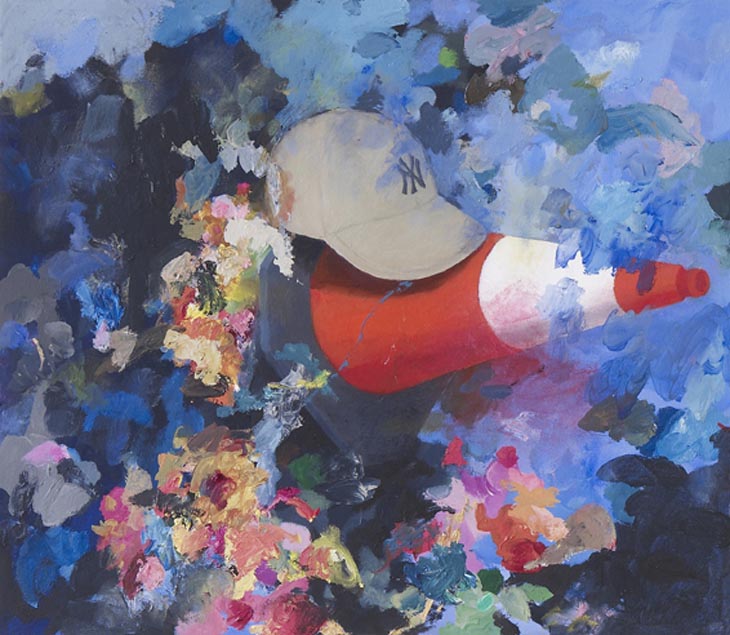
Is in the front of the pack we take the cap off the object-glass of the camera for ten seconds, and afterward replace it. These pinholes correspond to what are technically known to printers as "register-marks." They are easily made a slip of brass or card has an aperture cut out of its middle, and threads are stretched from opposite sides, making a cross. Then by a simple contrivance I make two pinholes in each of them, to enable me to hang them up one in front of the other, like a pack of cards, upon the same pair of pins, in such a way that the eyes of all the portraits shall be as nearly as possible superimposed in which case the remainder of the features will also be superimposed nearly enough. They must be similar in attitude and size, but no exactness is necessary in either of these respects. I begin by collecting photographs of the persons with whom I propose to deal. Yet, as I have said, it is no such thing it is the portrait of a type, and not of an individual. Nobody who glanced at one of them for the first time would doubt its being the likeness of a living person. These ideal faces have a surprising air of reality. Since my address was published, I have caused trials to be made, and have found as a matter of fact that the photographic process of which I there spoke enables us to obtain with mechanical precision a generalized picture one that represents no man in particular, but portrays an imaginary figure, possessing the average features of any given group of men. Spencer, as he informed me, had actually devised an instrument, many years ago, for tracing mechanically longitudinal, transverse, and horizontal sections of heads on transparent paper, intending to superimpose them and to obtain an average result by transmitted light. I may add that it is perfectly easy to superimpose optically two portraits by means of a stereoscope, and that a person who is used to handle instruments will find a common double eye-glass fitted with stereoscopic lenses to be almost as effectual and far handier than the boxes sold in shops." My own idea was, to throw faint images of the several portraits, in succession, upon the same sensitized photographic plate. Spencer suggested to me in conversation that the drawings reduced to the same scale might be traced on separate pieces of transparent paper and secured one upon another, and then held between the eye and the light. Herbert Spencer and myself, the principle of which is to superimpose optically the various drawings and to accept the aggregate result. Thus the exhibit and related projects by Galton not only underpinned a theoretical lesson, but also were part of an effort to extend a complex set of practices among the general public."Having obtained drawings or photographs of several persons alike in most respects, but differing in minor details, what sure method is there of extracting the typical characteristics from them? I may mention a plan which had occurred both to Mr. By analysing the didactics of this particular project, I argue that the observational ideal of ‘mechanical objectivity’ and associated modes of representation in this instance became an integrated part of a political vision of self-observation and self-reformation. Its particular form of address is characterized by an ambition to transform the visitors' self-understanding by engaging them with various techniques of scientific observation and representation of social issues.


Using Francis Galton's Anthropometric Laboratory at the International Health Exhibition in London 1884 as the empirical focal point, this paper explores a new mode of involving exhibition audiences in the late nineteenth century. But few studies have analysed how the activity and participation of visitors was designed and promoted at such locations. Historians have given much attention to museums and exhibitions as sites for the production and communication of knowledge in the nineteenth and early twentieth centuries.


 0 kommentar(er)
0 kommentar(er)
